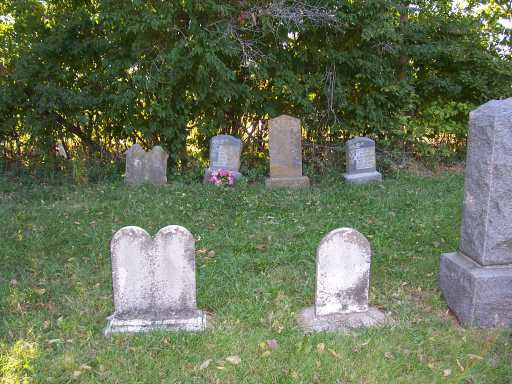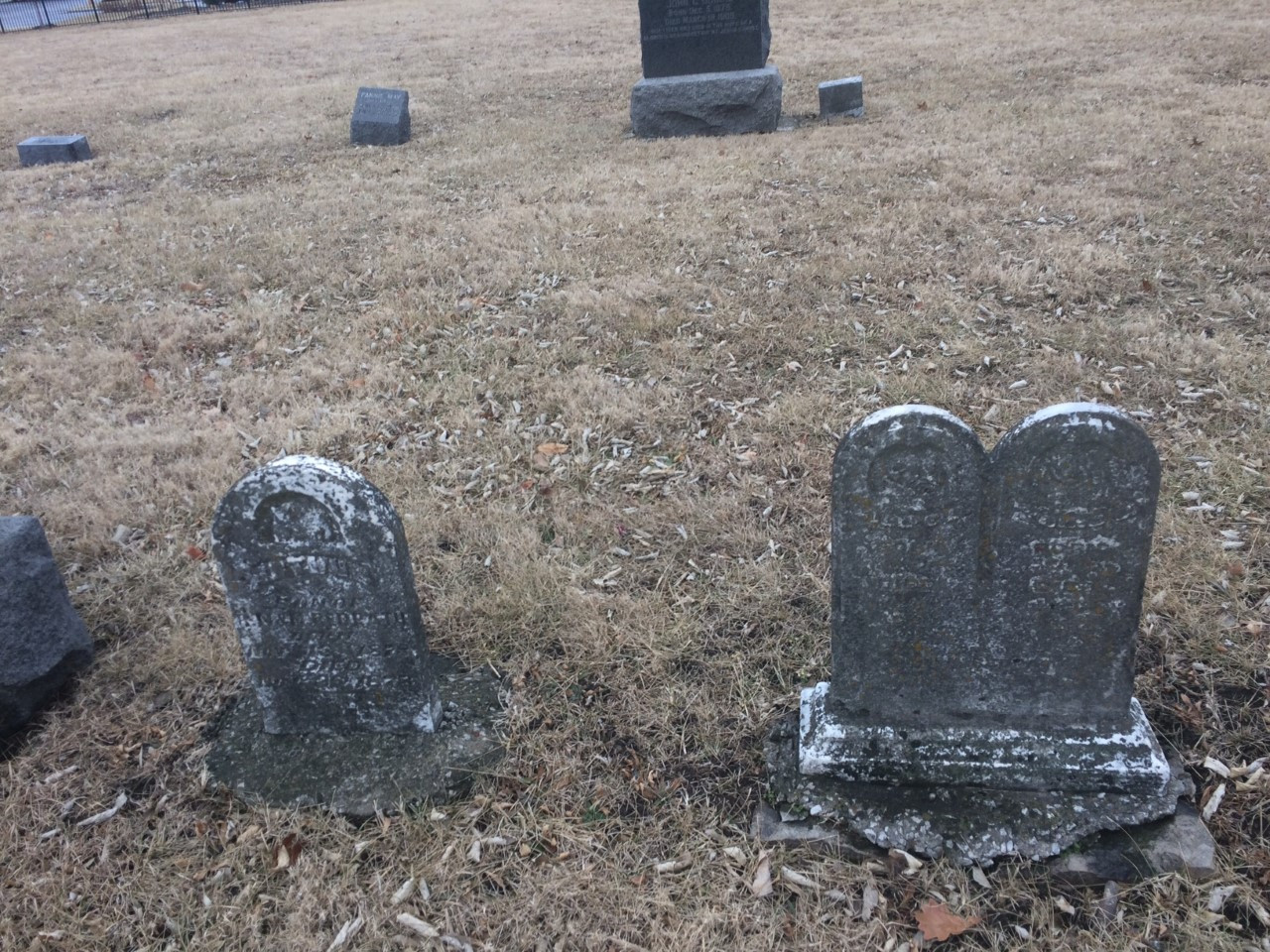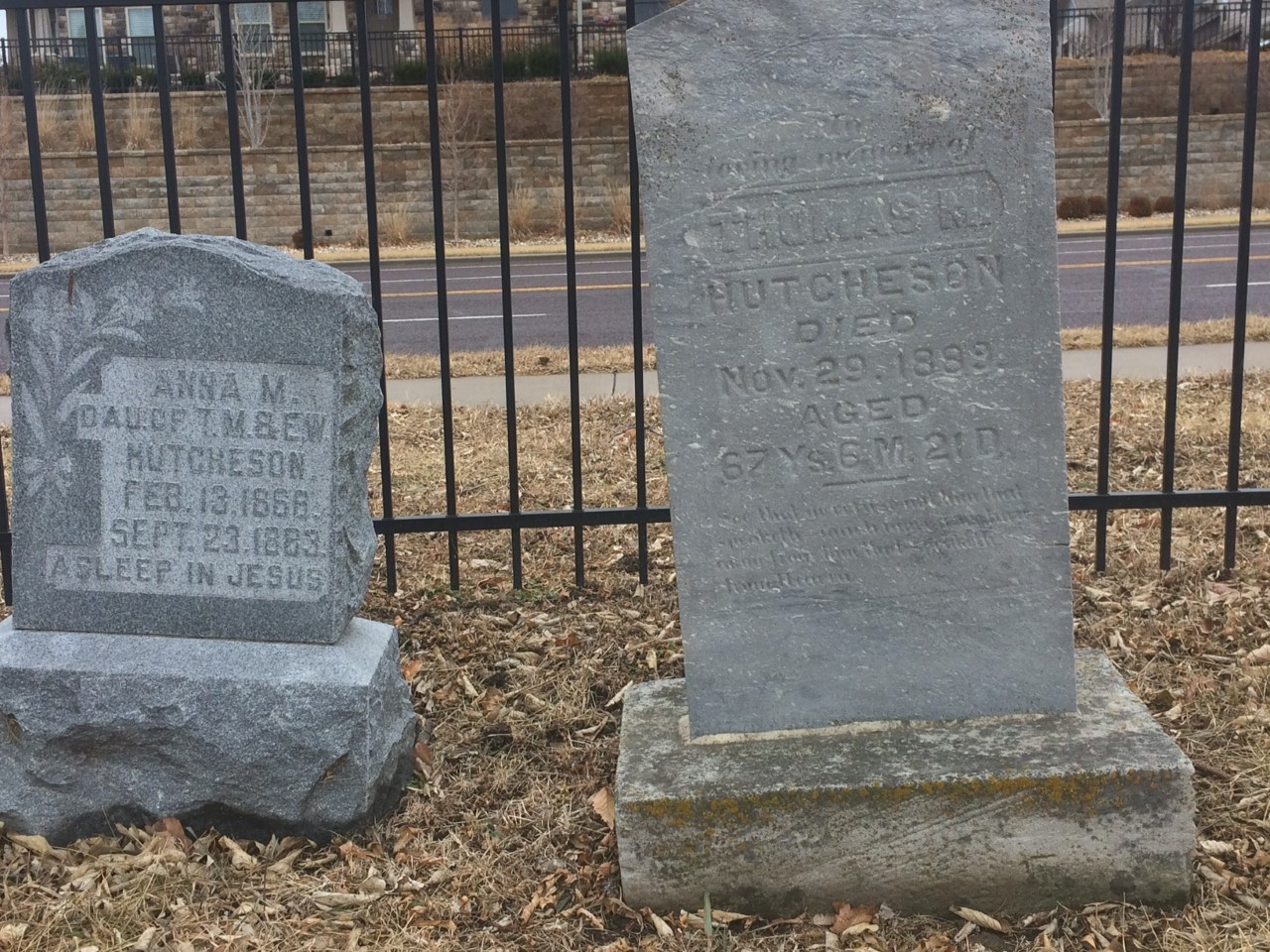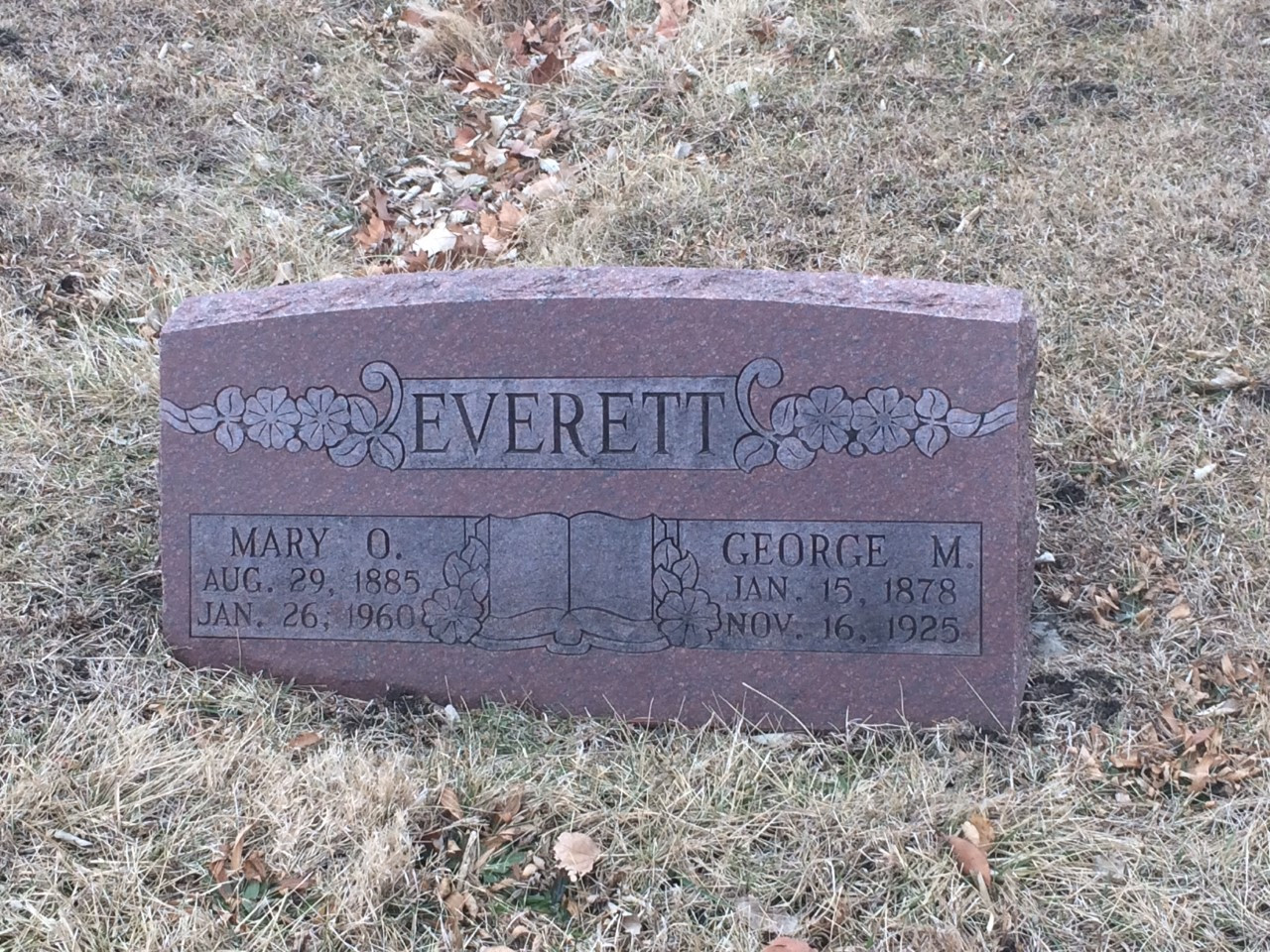My childhood was punctuated by car rides down 135th street, a route that unknowingly passed by a silent sentinel of history. Nestled between Pflumm and Quivira in Johnson County, Kansas, lay a cemetery that, to my young eyes, seemed steeped in mystery and age. Unlike the manicured lawns and brightly colored flowers of modern burial grounds, this Pioneer Graveyard exuded an aura of forgotten times. Back in the late 1990s and early 2000s, this stretch of 135th was still relatively undeveloped, allowing the cemetery to remain hidden, a secret easily missed by the casual observer. The dense trees acted as a natural curtain, almost completely obscuring the weathered tombstones from view.
Looking back, I realize my youthful curiosity, my habit of gazing out the car window instead of focusing on the road ahead, was the key to discovering this historical gem. In today’s bustling landscape, I suspect many would drive by without ever registering its presence. It’s a small site, easily overlooked – a blink-and-you’ll-miss-it kind of place. The thick foliage demanded focused attention from the passenger side window to catch even a fleeting glimpse of its existence.
 View of Pleasant Ridge / Redpath Cemetery as a child, showcasing its hidden nature.
View of Pleasant Ridge / Redpath Cemetery as a child, showcasing its hidden nature.
Years later, this forgotten pioneer graveyard resurfaced in my consciousness. A new apartment complex, a symbol of modern development, began to rise on the once-desolate land surrounding it. While such development could be viewed with cynicism, in this instance, it inadvertently breathed new life into the neglected cemetery. As part of the construction, the overgrown trees were cleared, the persistent weeds were removed, and a fresh fence was erected. For perhaps the first time in a century, the boundaries of this pioneer graveyard were clearly defined, no longer swallowed by the encroaching wilderness.
Intrigued, I turned to the internet, searching “cemetery 135th and Rosehill” on Google. My expectations were low, assuming this place had long been forgotten, a relic of a bygone era. To my surprise, it appeared in the search results. This hidden ground was officially known as Pleasant Ridge Cemetery, also recognized under the alternative name Redpath Cemetery. The Johnson County KSGenWeb, a valuable online historical resource, dedicates a comprehensive article to its history, readily available for those seeking to delve deeper.
The land upon which this pioneer graveyard rests holds historical significance that predates not only Johnson County itself (established in August 1855) but also the state of Kansas (statehood in 1861). Settled as early as March 1855, this land witnessed the tumultuous birth of Kansas. These early inhabitants lived through the era of “Bleeding Kansas,” a period of intense conflict that saw nearby Olathe targeted by attacks on multiple occasions between 1862 and 1864. During this volatile time, Olathe’s renowned Mahaffie Stagecoach Stop was already operational by 1858, a vital link to the wider world. Figures like Wild Bill Hickok served as a lawman in nearby Lenexa, while legends such as Buffalo Bill Cody and Jesse James frequented areas further north in Leavenworth and St. Joseph.
The weathered headstones within this pioneer graveyard offer poignant glimpses into the challenging lives endured by these early settlers. The inscriptions reveal a stark reality: pioneer life was fraught with peril. A significant number of graves belong to infants, while many others mark the final resting places of individuals who died in their 40s. While some pioneers did live into their 70s and 80s, demonstrating that longevity was possible, it was clearly not the norm. Life was undoubtedly harsh. Intriguingly, the oldest legible gravestone I could find dates back to 1863, a mere seven years after the initial settlement of the land. It’s plausible that some of the now-illegible stones are even older, whispering tales of earlier hardships. However, the KSGenWeb site notes the earliest confirmed burial as 1865, suggesting a possible misinterpretation of the “1863” marker as “1868.” The true date remains shrouded in the mists of time.
Driven by a desire to connect with these original Johnson County residents, I decided to visit the pioneer graveyard and pay my respects.
 Gravestone with the earliest death date found in the pioneer graveyard, possibly 1863 or 1868.
Gravestone with the earliest death date found in the pioneer graveyard, possibly 1863 or 1868.
 Fallen and weathered tombstones in the Redpath Pioneer Graveyard, Johnson County, Kansas.
Fallen and weathered tombstones in the Redpath Pioneer Graveyard, Johnson County, Kansas.
 Illegible tombstones stand as silent witnesses to the passage of time in the pioneer graveyard.
Illegible tombstones stand as silent witnesses to the passage of time in the pioneer graveyard.
 A small tombstone marking one of the infant graves in the historic pioneer graveyard.
A small tombstone marking one of the infant graves in the historic pioneer graveyard.
 Gravestone of Mary Harsh, who died at 45, a testament to the harsh realities of pioneer life.
Gravestone of Mary Harsh, who died at 45, a testament to the harsh realities of pioneer life.
One poignant example is Mary Harsh, who passed away at the age of 45. Her obituary, still accessible today, attributes her death to typhoid fever, a stark reminder of the diseases that plagued pioneer communities. The name Hutcheson appears multiple times within the graveyard. Elizabeth Mitchell Hutcheson, one of the family members buried here, lived to the remarkable age of 85, passing away in 1916. Her obituary poignantly notes that “the closing years of her life were passed in weakness and considerable suffering…” despite her longevity. She left behind an impressive legacy of 32 grandchildren, a testament to the enduring spirit of pioneer families.
 Two Hutcheson family gravestones in the Pleasant Ridge Pioneer Cemetery, Johnson County.
Two Hutcheson family gravestones in the Pleasant Ridge Pioneer Cemetery, Johnson County.
This pioneer graveyard served as a primary burial site from the 1860s through the 1880s, with a few burials occurring in the early 20th century as well. The final interment took place in 1960, when Mary Everett was laid to rest beside her husband, who had died in his 40s during the Coolidge administration.
 Gravestone of Mary Everett, the last burial in this historic Johnson County pioneer graveyard.
Gravestone of Mary Everett, the last burial in this historic Johnson County pioneer graveyard.
Today, Johnson County has transformed into a thriving suburban landscape, home to half a million residents, largely composed of middle and upper-middle-class communities. However, the foundations of this modern prosperity were laid by the individuals whose graves lie silently within this pioneer graveyard, just steps away from our everyday lives. The Pleasant Ridge / Redpath Cemetery stands as an invaluable piece of Johnson County history. Its weathered tombstones serve as a powerful reminder of the region’s humble beginnings and the challenging, unpredictable nature of life for those who dared to build a future on the Kansas frontier. This pioneer graveyard is more than just a burial ground; it is a tangible link to the past, whispering stories of resilience, hardship, and the enduring human spirit.

